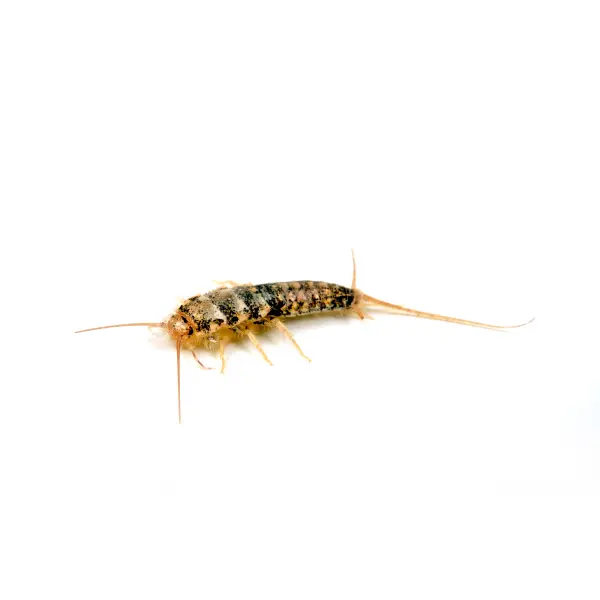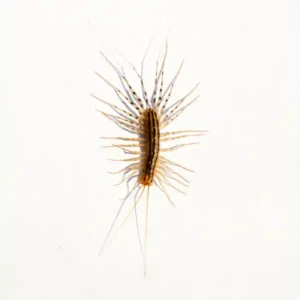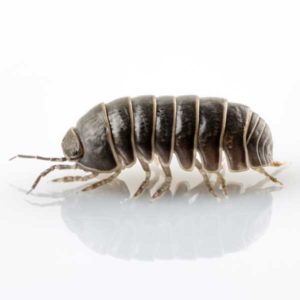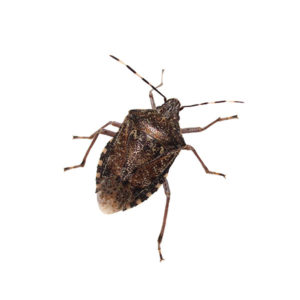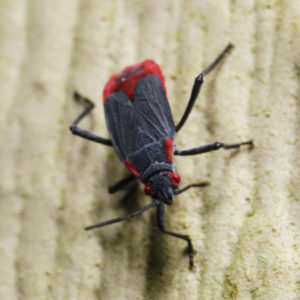Firebrats in Florida
Firebrats are commonly found across Florida, especially in urban and suburban areas. These nocturnal insects, typically ranging from 1/2 to 3/4 of an inch in length, thrive in warm, humid conditions. While they remain active throughout the year, their population tends to decline during colder winters. However, they can survive the season indoors if they locate a warm, sheltered spot. Their adaptability to indoor environments allows them to persist as household pests, often causing damage to household materials such as paper, books, and clothing.
Firebrat Habitat
Firebrats thrive in warm, humid conditions, making indoor environments well-suited to their needs. These tiny insects are often found in areas like kitchens, bathrooms, and laundry rooms within homes and other structures. They are drawn to heat sources, including furnaces, boilers, and hot water pipes, as these provide the warmth and moisture they seek. Outside, firebrats take shelter beneath rocks, piles of leaves, and other concealed spots near buildings. As nocturnal insects, they are active at night and remain hidden during the day to avoid light and disruptions.
Firebrat Behaviors, Threats, or Dangers
Firebrats are nuisance pests that can quickly reproduce and spread throughout your home, though they are mostly harmless. They don’t bite or sting, but can contaminate food and cause damage to many items such as books, paper, fabrics, and wallpaper by feeding on them. Their presence may also taint stored food supplies. For individuals sensitive to allergens, firebrats can worsen allergies and asthma due to their shed skins and droppings. To prevent infestations, consider reducing humidity, sealing cracks and crevices, and eliminating potential food sources. If firebrats become a persistent issue, it’s advised to contact a professional exterminator for assistance.
Need help with Firebrats?
We'll call you! Leave your information below.

